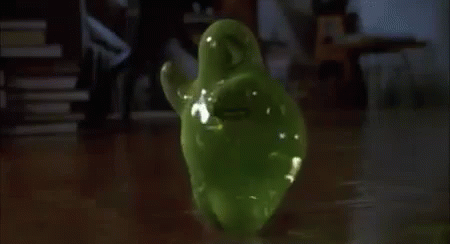I was asked by my colleagues to write a blog about the London Fog Ale Yeast, which was very specific, so I thought that it would perhaps be a good idea to write about yeast more generally. Yeast is one of the four main ingredients needed to brew a beer and it is both incredibly interesting and complex. Whilst I won’t go into overly technical detail, I hope to nevertheless explain its significance in brewing.
What actually is it?
Before we look into how yeast is used in the brewing process, it may first help to explain what it is. Yeast is a single celled microorganism and is part of the fungi family. For the longest time we didn’t know what yeast actually was, although it was clear that something was giving us alcohol in our beer. It was only in 1859 that Louis Pasteur discovered how yeast functioned and what in turn it does to beer. Did you know that yeast is linked to the magic wand? Ale wives would take a wooden stick and stir it in one fermenting pot and then take it and stir it in another pot to commence fermentation, a somewhat ‘magical’ process at the time…this is supposedly the tale behind it! Yeast strains can vary greatly – you can either rely on wild yeasts or culture yeasts. Culture yeasts are specifically chosen for a set fermentation, and many breweries have their own propagation units (a system which allows you to grow and maintain your yeast) to ensure they have a consistent supply. For some of the larger and well established breweries, having developed their own personal yeast strain provides the ‘DNA’ to their beer and as such the strain is usually kept secret and under tight wraps.
Like Flubber?
In the brewery, yeast is added to our wort to commence fermentation. The strain of yeast used will also determine whether we would like to brew an ale or a lager. As the yeast feeds on our sugars in the wort to create alcohol, it also creates CO2 and heat. During the process, the yeast also grows to 3 or 5 times its original size. What is vitally important during fermentation is monitoring the temperature, as if you allow the yeast to overheat it will become over excited so to speak…I’ve walked into a fermentation room before only to be up to my knees in yeast as it had overflowed from the tanks, not ideal, but an impressive sight nevertheless! I always say that yeast is a little like Flubber (from the 90’s Robin Williams movie)…it has a mind of its own and you need to ensure that you keep it under control! The duration and temperature of fermentation will vary depending on the type of beer that you’re brewing.
Here at Uiltje…
Here at Uiltje we may not have our own yeast strain however as explained in our London Fog Ale blog, we love to use particular yeast strains that help us to create the best craft beers for you to enjoy. Having access to different yeast strains gives us total freedom to experiment with different beer styles too. if it has all gone according to plan during fermentation, then the yeast does not only provide us with our desired alcohol – but can also contribute to and help enhance some wonderful flavours!
